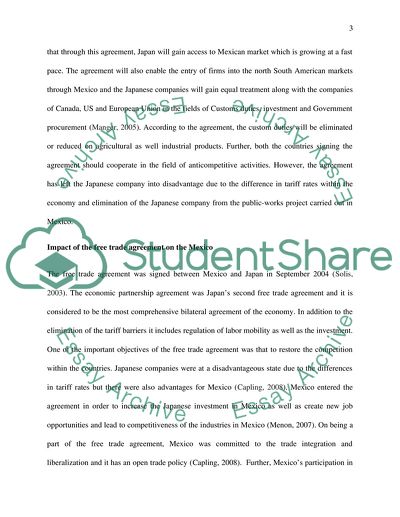Cite this document
(Japan-Mexico Economic Partnership Agreement Coursework, n.d.)
Japan-Mexico Economic Partnership Agreement Coursework. Retrieved from https://studentshare.org/macro-microeconomics/1694353-a-study-of-one-bilateral-free-trade-agreement-of-country-a-and-country-b-05091
Japan-Mexico Economic Partnership Agreement Coursework. Retrieved from https://studentshare.org/macro-microeconomics/1694353-a-study-of-one-bilateral-free-trade-agreement-of-country-a-and-country-b-05091
(Japan-Mexico Economic Partnership Agreement Coursework)
Japan-Mexico Economic Partnership Agreement Coursework. https://studentshare.org/macro-microeconomics/1694353-a-study-of-one-bilateral-free-trade-agreement-of-country-a-and-country-b-05091.
Japan-Mexico Economic Partnership Agreement Coursework. https://studentshare.org/macro-microeconomics/1694353-a-study-of-one-bilateral-free-trade-agreement-of-country-a-and-country-b-05091.
“Japan-Mexico Economic Partnership Agreement Coursework”, n.d. https://studentshare.org/macro-microeconomics/1694353-a-study-of-one-bilateral-free-trade-agreement-of-country-a-and-country-b-05091.


